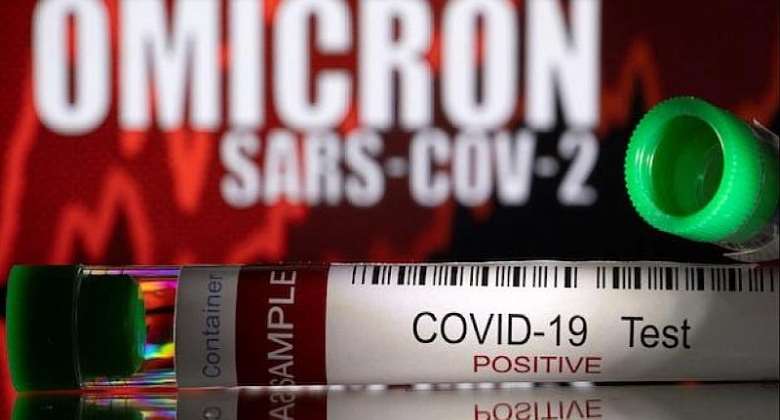Don’t expose babies’ eyes to sunlight – Optometric Association

Dr. Alfred Gardemor, Public Relations Officer of the GOA giving the caution said such practices could expose the eyes of babies to Ultraviolet (UV) radiation and its resultant effects may be dangerous.
Dr. Gardemor, who is also a Senior Optometrist at the Nsawam Government Hospital said this at the fifth Ghana News Agency-Tema Regional Office and the Ghana Optometric Association fortnightly public sensitization initiative “GNA-GOA: My Eye! My Vision!
The fortnightly collaborative public education advocacy campaign initiative is meant to promote the need for people to access eye care and also to draw attention to vision health.
The GNA-GOA: My Eyes! My Vision! The initiative also seeks to challenge the public and policymakers to focus on vision as a health issue, which forms a critical component of mankind’s wellbeing but is often neglected.
Speaking on the topic; “Children’s Vision and Eye Health”, Dr Gardemor said even though hitherto parents of children suffering from jaundice were advised to expose them to sun rays in the mornings by 1000 hours, the practice was now outmoded and seen to be problematic.
Dr Gardemor said it had been found that the children ended up with other conditions including sunburns as the sunrays were dangerous due to environmental changes which had depleted the ozone layer that used to protect humans from the direct effect of being exposed to the sun.
The GOA PRO said instead of doing so, parents must report jaundice symptoms early to the hospitals for treatment adding that less severe jaundice cases in neonatal were often treated using light therapy by putting the babies under UV lights at the hospital and being monitored.
Explaining what neonatal jaundice was, he said it was the yellow discoloration of a newborn baby’s skin and eyes, adding that it occurred because the baby’s blood contained an excess of bilirubin which was a yellow pigment of red blood cells.
Dr. Gardemor said because the liver of a newborn was not fully developed, it could not get rid of the excess waste (bilirubin) generated from the breakdown of the red blood cells which ended up affecting the skin and eyes and could also affect some other organs including the brain.
On other eye conditions children could suffer from, he mentioned amblyopia also known as lazy eye, allergies, refractive errors, and glaucoma among others and many children with eye disorders were yet to be identified and treated.
Dr Gardemor, therefore, advised parents to get a first eye screening for their children from age six months, with a second one at age one, three, before pre-school and periodically avoid future conditions and to detect any anomalies early for correction as some of the condition could not be corrected with time.
Mr. Francis Ameyibor, GNA-Tema Regional Manager explained that the two professional bodies have agreed to work together on a public sensitization campaign dubbed: “GNA-GOA: My Eyes! My Vision” to draw attention to vision health.
“We are combining the forces of our professional calling as Optometric Physicians and Communication Experts to reach out to the public with a well-coordinated message.





